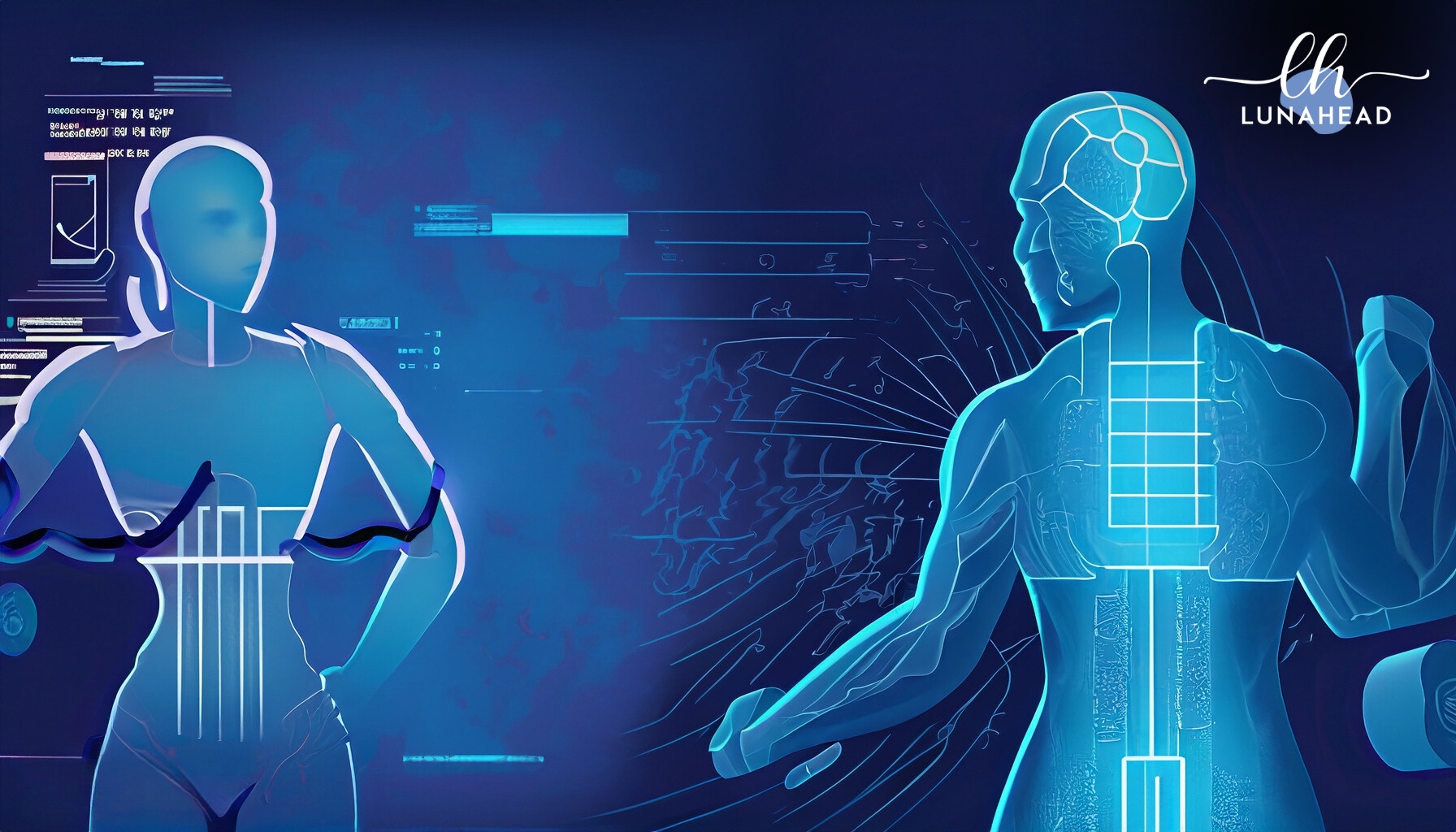
Role of Technology in Fitness: Revolutionizing the Path to Wellness
In today’s fast-paced and interconnected world, technology has permeated every aspect of our lives. This includes the realm of health and fitness. From wearable devices to mobile applications, technological advancements have revolutionized how we approach and achieve our wellness goals. The integration of technology in this domain has opened up new opportunities, empowered individuals, and transformed the way we track, monitor, and improve our overall health.
In this blog post, we will explore the diverse and profound ways in which technology has shaped the landscape of health and fitness. This will also cover the topics related to our well-being and it will further motivate us to lead healthier lifestyles.
Wearable Devices: A Personalized Approach to Fitness
Wearable devices, such as fitness trackers, smartwatches, and heart rate monitors, have become ubiquitous in the health and fitness realm. These gadgets provide real-time data on various metrics like heart rate, steps taken, calories burned, and sleep patterns. By seamlessly integrating into our daily routines, wearable devices offer personalized insights into our physical activities, encouraging us to stay active and maintain a healthy lifestyle.
They not only act as motivators but also foster a sense of accountability as users strive to achieve their fitness goals. Additionally, advancements in wearable technology have enabled the development of innovative features like GPS tracking, exercise recognition, and even stress monitoring, offering users a comprehensive view of their overall well-being.
Mobile Applications: Fitness in the Palm of Your Hand
The rise of smartphones has facilitated the creation of a vast ecosystem of health and fitness applications. These mobile apps cater to various aspects of wellness, including exercise, nutrition, meditation, and mental well-being.
Fitness apps offer tailored workout plans, video tutorials, and tracking features that allow users to monitor their progress and make informed decisions about their fitness routines. They provide a convenient and accessible platform for individuals of all fitness levels to engage in physical activity from the comfort of their homes or on the go. Moreover, nutrition-tracking apps enable users to monitor their calorie intake, make healthier food choices, and even connect with nutritionists or dieticians for personalized advice.
The integration of social features in some applications further fosters a sense of community, as users can share their achievements, compete with friends, and receive support and motivation from like-minded individuals.
One such app is Lunahead. It is a mindfulness meditation app which includes a huge amount of soothing audio pieces. You can seek help from them to achieve your mental peace.
Also Read – embrace a happier week ahead
Virtual Reality: Transforming Exercise and Rehabilitation
Virtual reality (VR) technology has made significant strides in recent years, offering immersive and engaging experiences that have found application in the health and fitness sector. VR fitness games and experiences provide a fun and interactive way to engage in physical activity, making workouts more enjoyable and sustainable.
Whether it’s dancing, boxing, or participating in virtual sports, these experiences not only promote cardiovascular fitness but also boost motivation and adherence to exercise regimens. Moreover, VR has proven to be valuable in rehabilitation settings, helping patients recover from injuries or neurological conditions.
By creating simulated environments, VR enables patients to practice movements and exercises in a safe and controlled manner, enhancing their recovery process and improving their overall well-being.
Telehealth and Remote Monitoring: Accessible and Timely Healthcare
The integration of technology in healthcare has transcended the boundaries of traditional medical settings. Telehealth services and remote monitoring systems have enabled individuals to access healthcare professionals and monitor their health remotely. Through video consultations, patients can receive medical advice, diagnoses, and even prescription refills without the need for in-person visits.
This technology is especially beneficial for individuals in rural or underserved areas who may have limited access to healthcare facilities. Remote monitoring devices, such as blood pressure monitors, glucose meters, and wearable ECGs, allow individuals to track their vital signs and share the data with their healthcare providers in real-time.
This proactive approach to healthcare empowers individuals to take charge of their well-being and enables early detection of potential health issues, leading to timely interventions and improved health outcomes.
Conclusion
In amalgamation of the above, technology has become an indispensable tool in our quest for better health and fitness. From wearable devices that provide personalized insights to mobile applications that offer tailored workout plans, technology has transformed the way we approach our well-being.
Whether it’s through immersive VR experiences or the convenience of telehealth services, technology has democratized access to healthcare and fitness resources, making them more inclusive and accessible to individuals worldwide. However, it’s essential to strike a balance between the use of technology and maintaining human connection, as the personalized touch of healthcare professionals and the support of a community are equally crucial for our overall well-being.
